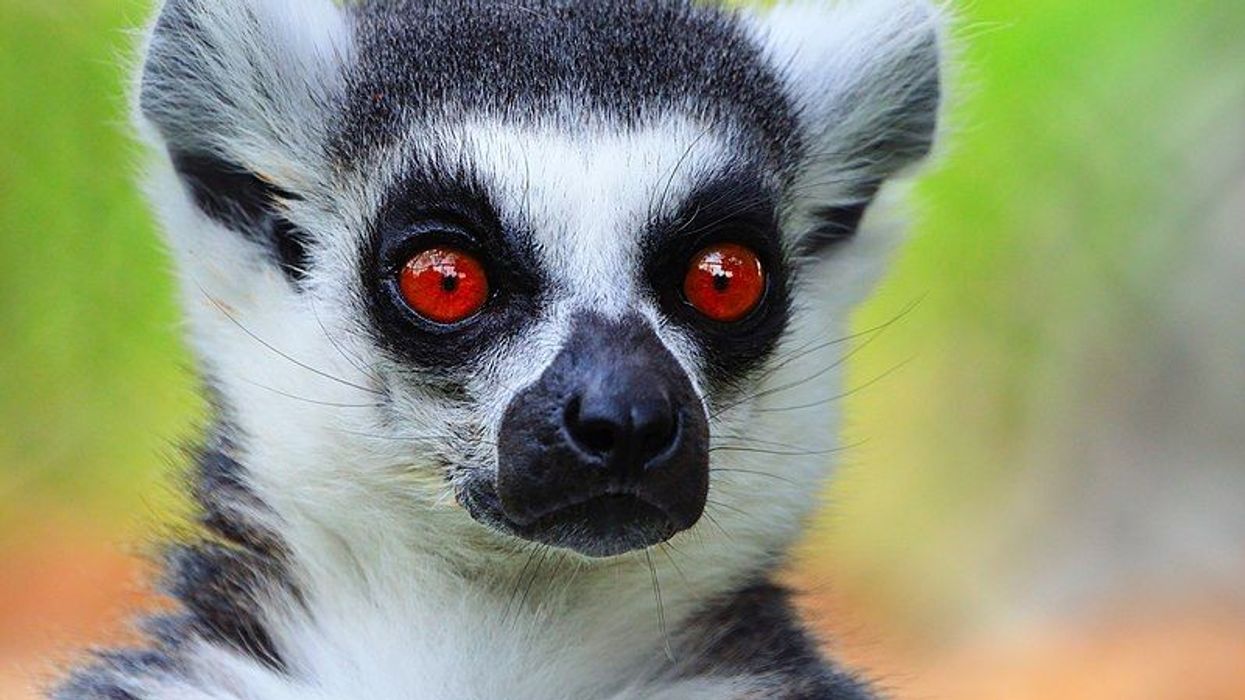Mexican tetra (Astyanax mexicanus) is also called blind cavefish, blind characin, and Mexican blind cave tetra. This species is widely found across freshwater bodies in Mexico. Mexican tetra (Astyanax mexicanus) is native to the Nearctic realm where they dwell in caves.
These fish are the perfect example of the history of the natural selection of traits. They have made adaptations to their surrounding caves. Mexican tetra care is not a difficult task, making it a popular fish for aquariums.
Here are some of the most fascinating facts about the Mexican tetra (Astyanax mexicanus) for your perusal. Afterward, do check our other articles on neon tetra facts and tetra facts as well.
Mexican Tetra Interesting Facts
What type of animal is a Mexican tetra?
Mexican tetra (Astyanax mexicanus) is a freshwater fish. This species shows pigmentation polymorphism in their species. Their habitat comprises dark caves in freshwater rivers, lakes, and pools.
What class of animal does a Mexican tetra belong to?
Mexican tetra belongs to the fish class of animals. This species can be found abundantly across freshwater bodies in Mexico. As per studies, at least two distinct genetic lineages occur among the blind populations of this cavefish.
How many Mexican tetras are there in the world?
Mexican tetras are known to have 30 different types of cave populations. The exact population distribution of Astyanax mexicanus species remains unknown.
Where does a Mexican Tetra live?
Mexican tetra fish (blind cave fish) live in freshwater bodies such as rivers. Mexican Tetra's range of habitat is mostly across Mexico and Southern U.S.
What is a Mexican tetra's habitat?
Mexican tetra's natural habitat consists of rivers, creeks, ponds, and springs. The blind cavefish and surface fish prefer to live in rocky environments and the sandy bottoms of these water sources. The cave-dwelling tetra species live in caves. The surface fish are found at the bottoms.
Who do Mexican tetras live with?
Mexican tetra (Astyanax mexicanus) live in flocks with fishes of their species. This blind cave fish species also coexist with other aquatic animals.
How long does a Mexican tetra live?
Mexican cave tetra lifespan is four years. They show a natural selection of traits that has allowed this fish species to evolve with time.
How do they reproduce?
Mexican tetra females swim in swift motions to attract the males. Once a male is attracted to a female blind cave tetra he swims by her side. Both the male and female release sperm and eggs at the same time. The eggs hatch in 24 hours, giving birth to the young Mexican tetra fish species.
What is their conservation status?
The conservation status of Mexican tetra cavefish is the of least concern as the population of this blind cavefish species is quite stable across its range of habitat.
Mexican Tetra Fun Facts
What do Mexican tetras look like?
Mexican tetra is a pinkish-white color. They have shiny bodies that shine when in contact with light. Their body is a characin shape.
Mexican tetra eyes are small and dark-colored. The blind cavefish does not have any eyes while the surface fish have two round eyes. The blind cave tetra is not always born eyeless; they lose them because genetic eyesight is not needed in the darkness of caves.
How cute are they?
Mexican Tetra looks nice. But the blind cavefish variety can be disturbing to look at. The surface fish are very beautiful. Overall, they have a cute look.
How do they communicate?
Mexican tetra (Astyanax mexicanus) has genetically developed the ability to sense water currents and pressure. They also pick up sounds and chemical signals from other fishes to obtain and transmit information about their surroundings.
How big is a Mexican tetra?
Mexican tetra is a small-sized fish. Their range of length can extend up to 4.7 in (11.9 cm).
How fast can a Mexican tetra swim?
Mexican tetra can swim at the speed of 0.2 mph (0.32 kph). Being blind to cavefish populations has given this species this edge.
How much does a Mexican tetra weigh?
Mexican tetra fish weight is in the range of 0.06-0.2 oz (1.7-5.6 g).
What are the male and female names of the species?
No specific names are assigned to the males and females of the Mexican tetra species. They are known as males and females respectively.
What would you call a baby Mexican tetra?
A baby Mexican tetra is called a larva.
What do they eat?
Mexican tetra has a carnivorous diet. They eat small aquatic creatures around them. Their food includes insects, annelids, worms, and crustaceans.
Are they aggressive?
No, Mexican tetra is not aggressive. These fish sometimes feel lonely.
Would they make a good pet?
Mexican tetra is kept as pets in many households and aquariums. They need a large swimming space due to their genetic blindness. If you have large enough space the Mexican tetra will be a very good pet for you.
Did you know...
The Oklahoma Academy of Science has been conducting research on the Mexican tetra for a very long time.
Having Your Own Mexican Tetra
Mexican tetra price is between $4-$10 in the US. They are very cheap to buy as pets. They prefer to live in waters with their natural environment which has temperatures between 68°-77°F (20°C-25°C). Their tank should have a slightly alkaline pH and 20 gallons of water.
Are blind cavefish really blind?
Yes, this blind cavefish is really blind. They have the genetic condition of either diminished eyesight or complete blindness.
How many eyes does a Mexican tetra have?
Some variants of the Mexican tetra lose their eyes in time. Hence, many of them have no eyes.
Here at Kidadl, we have carefully created lots of interesting family-friendly animal facts for everyone to discover! For more relatable content, check out these x-ray tetra facts, or black neon tetra facts.
You can even occupy yourself at home by drawing one on our Mexican Tetra coloring pages.










